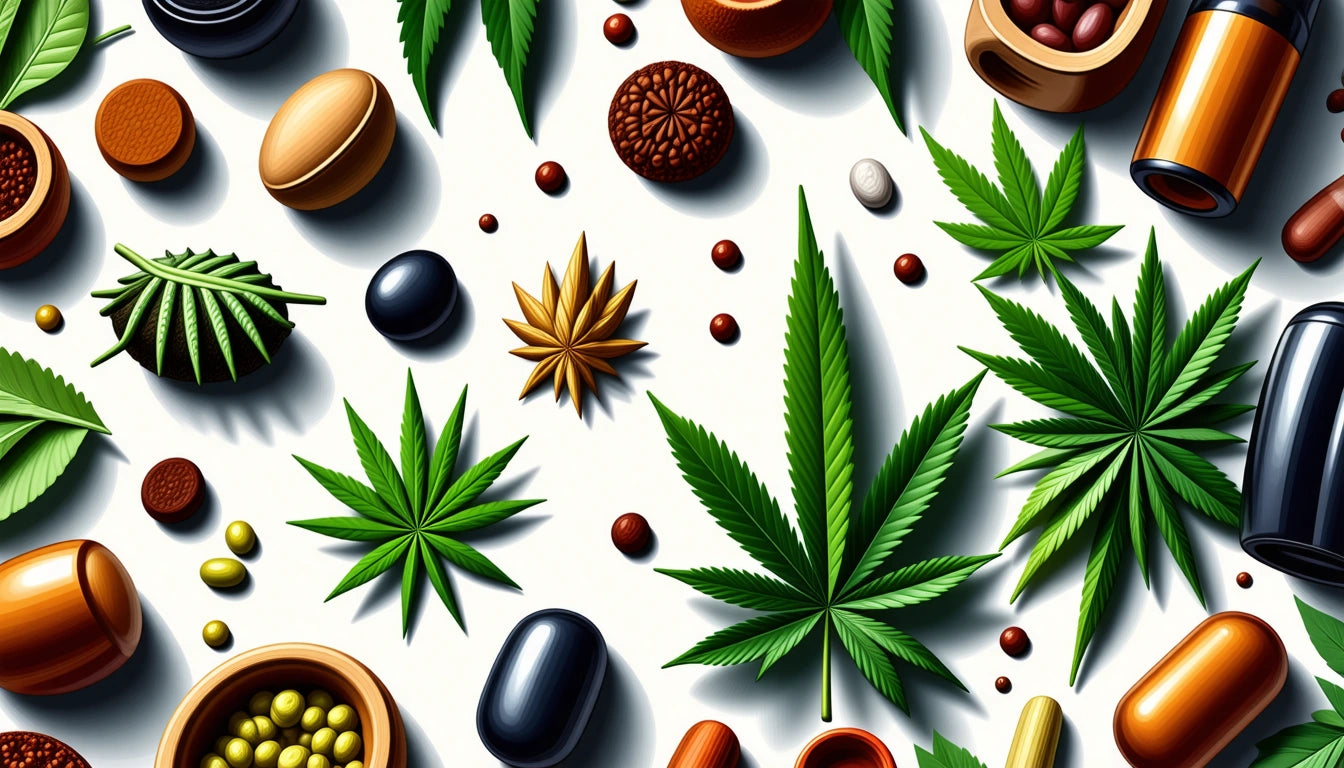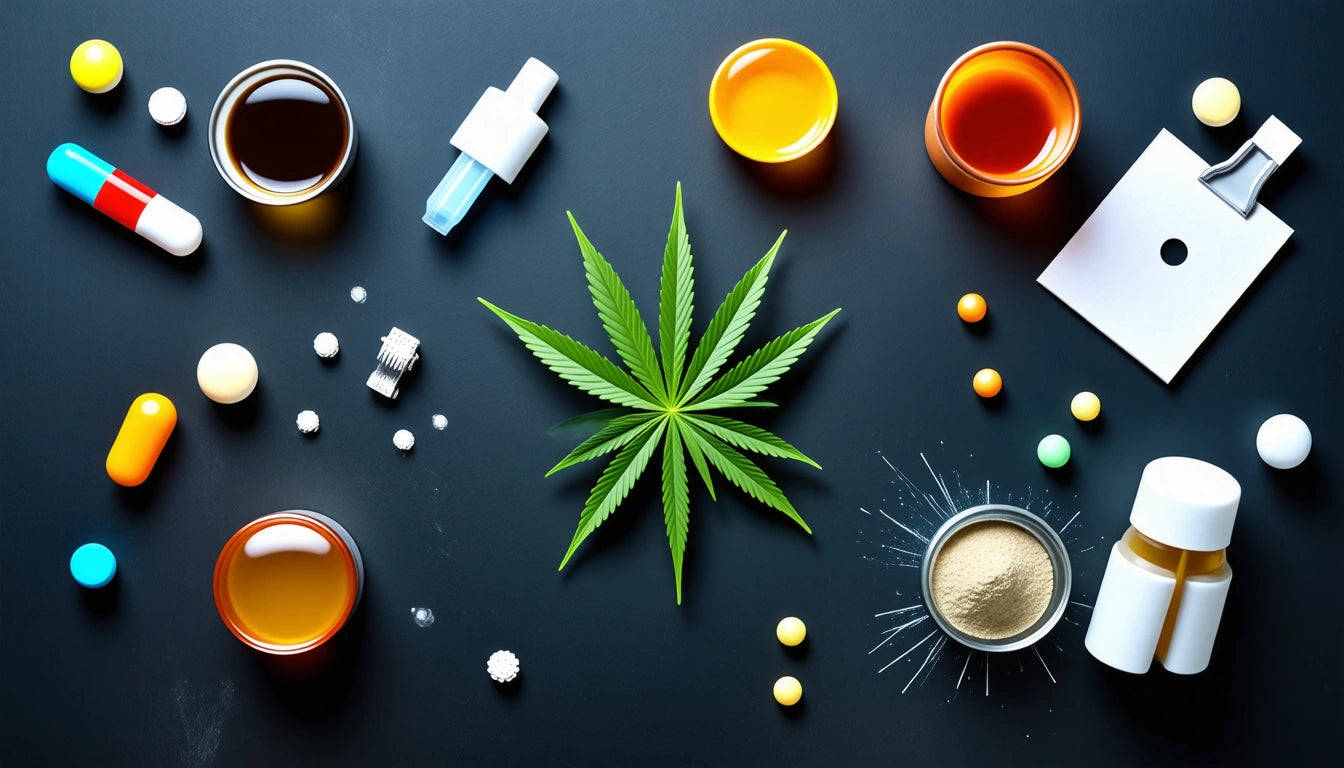Table of Contents
How Marijuana Potency Changes Over Time
Cannabis enthusiasts and medical patients alike often wonder if their stored marijuana maintains its potency over time. Understanding how and why cannabis potency changes is crucial for consumers who want to maximize their product's effectiveness and longevity. This comprehensive guide explores the science behind cannabis degradation and offers practical storage solutions to help preserve potency.
Natural Degradation of Cannabis Compounds
Cannabis contains over 100 cannabinoids, with THC (tetrahydrocannabinol) and CBD (cannabidiol) being the most well-known. These compounds naturally degrade over time through chemical processes.
THC Degradation Process
When exposed to oxygen, heat, and light, THC gradually converts to CBN (cannabinol), a cannabinoid with different properties and significantly less psychoactive potency. According to research outlined in this comprehensive guide on cannabis potency loss, THC can degrade by approximately 16% after one year of storage, even under good conditions.
CBD Stability Over Time
CBD tends to be more stable than THC, but it does lose potency over time. Studies suggest that CBD products maintain most of their potency for 1-2 years when properly stored, though gradual degradation still occurs. The question "does weed go bad" involves not just potency but overall quality factors.
Factors Affecting Cannabis Potency Loss
Several environmental factors accelerate the degradation of cannabinoids:
- Light exposure: UV light is particularly damaging to THC molecules
- Temperature fluctuations: Heat speeds up chemical degradation processes
- Oxygen exposure: Oxidation converts THC to CBN
- Humidity levels: Too much moisture can lead to mold; too little causes trichomes to become brittle
As explained in this article on cannabis freshness in sealed containers, proper storage can significantly slow down these degradation processes.
Storage Solutions to Preserve Potency
To minimize potency loss and extend shelf life, consider these storage best practices:
Container Materials
Glass containers with airtight seals are ideal for cannabis storage. Plastic containers can create static that damages trichomes, while metal may affect flavor. Child-resistant packaging is not only legally required in many jurisdictions but also helps maintain product integrity. Safety regulations for proper packaging ensure that products remain secure from children while preserving cannabinoid content.
Temperature and Humidity Control
Store cannabis at temperatures between 60-70 °F (15-21 °C) with relative humidity levels of 59-63%. Humidity control packs can help maintain optimal conditions. Refrigeration is generally not recommended due to humidity fluctuations.
According to research on aging cannabis, proper storage can extend the shelf life from 6 months to over a year while maintaining acceptable potency levels.
Measuring Potency Changes in Cannabis
Understanding how marijuana changes over time requires reliable measurement methods:
Visual Indicators
While not scientifically precise, visual inspection can provide clues about potency loss:
- Color changes from vibrant green to brownish hues
- Trichome degradation from clear/milky to amber/brown
- Texture changes from sticky to dry and brittle
Laboratory Testing
For precise measurements, laboratory testing remains the gold standard. These tests can quantify:
- Current THC/CBD percentages
- CBN levels (indicating THC degradation)
- Terpene profiles (which also degrade over time)
Regular testing of stored cannabis can help track degradation rates under different storage conditions, as noted in this analysis of cannabis effects and longevity.
Future Implications for Cannabis Storage and Preservation
As the cannabis industry evolves, new preservation technologies are emerging to address potency degradation:
- Nitrogen-sealed packaging: Removes oxygen to prevent oxidation
- UV-resistant containers: Block harmful light wavelengths
- Advanced humidity control: Maintains precise moisture levels
- Freeze-drying techniques: Preserves cannabinoids and terpenes
These innovations aim to extend shelf life while maintaining the full spectrum of cannabinoids and terpenes that contribute to cannabis effects. Understanding how marijuana potency changes over time will continue to drive improvements in storage and preservation methods.
For consumers wondering "does weed lose potency over time" or "does THC lose potency over time," the answer is definitively yes. However, with proper storage techniques and packaging solutions, this degradation can be significantly slowed, ensuring that cannabis products remain effective for longer periods.











Leave a comment
All comments are moderated before being published.
This site is protected by hCaptcha and the hCaptcha Privacy Policy and Terms of Service apply.